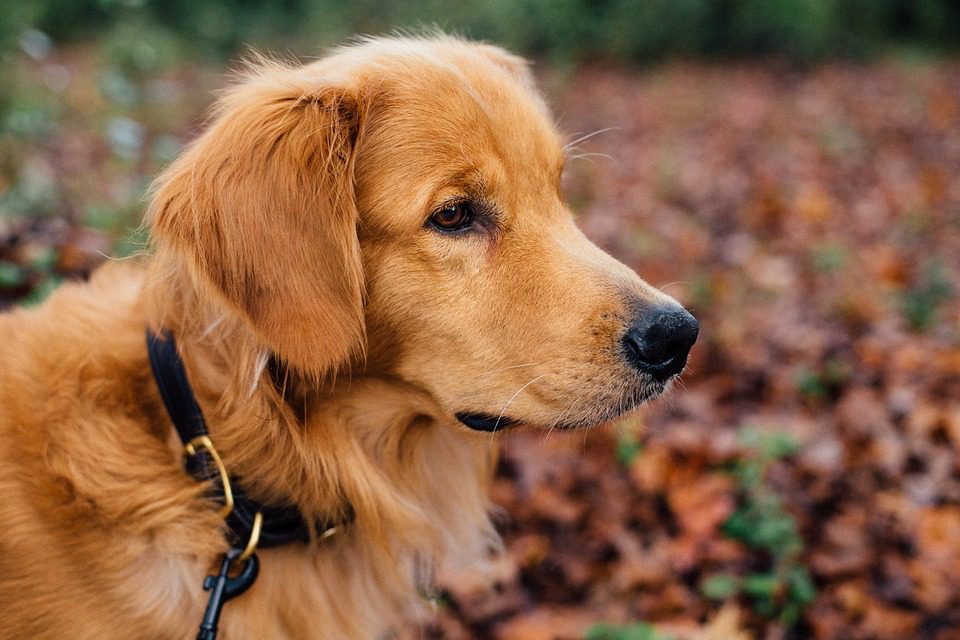How to fit a dog collar properly
Blog , +1
January 26, 2016

Collars are an important bit of kit for dogs. This is where, in addition to a microchip, they carry their identification and of course they also allow you to attach a lead for those all-important walkies! It’s essential for your dog’s health, comfort and safety that they have a properly fitting collar. Luckily, fitting one is an easy job: we show you how.
Measure Up
With a cloth measuring tape (like the ones you find in sewing kits) measure your dog’s neck circumference and then add two inches. This final measurement is the size of collar they need. The exception to this ‘two inch rule’ is if your dog is very small, where you should just add an inch, or very big, where you should add three inches.
Size It Right
If your dog can slide the collar over their head it’s pointless and if it’s too tight it can cause great discomfort and even restrict breathing. Use your measurement as a starting point for finding a perfect fitting collar – when it’s fastened it should feel snug, but not tight. You should be able to fit two fingers under your dog’s collar. As with the measuring, if your dog is very small, it’s a single finger and if you have a very big dog, it’s three fingers.
Width Considerations
As well as the length of your dog’s collar, you need to also consider the width. Large/strong dogs will benefit from the support of a wide collar as they reduce pressure on the necks. Wide collars obviously weigh more though, so those with small breeds should stick to thinner collars. If you’re unsure of your dog’s strength go with the standard 1 ½ width thickness, or seek advice from your vet or reputable pet shop.
Regular Checks
Regularly check your dog’s collar is in a good state of repair and that it still fits perfectly. It’s worth mentioning that some materials have give in them and can become bigger when exposed to lots of water, so in this case you’ll need to tighten. Just like us, dog’s weight can fluctuate, so it’s not uncommon to have to loosen or tighten a collar from time to time.
Puppy Love
If you are fitting a puppy that’s still growing for a collar, it’s a good idea to get an adjustable one that fits on the smaller end of the scale when you buy it. This way there’s plenty of room for their neck to grow, without changing collars. With a puppy, you should check their collar fits properly frequently, as their neck will continue to grow.
We’d love to see some photos of your dogs showing off their collars – feel free to post them in the comments box below.


